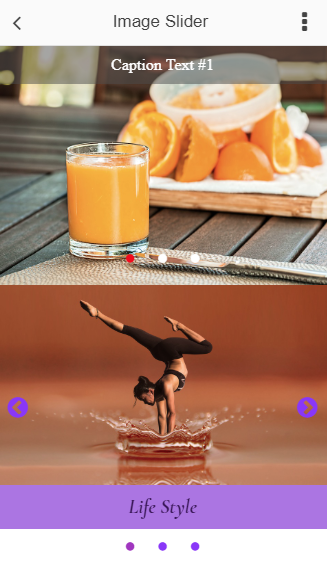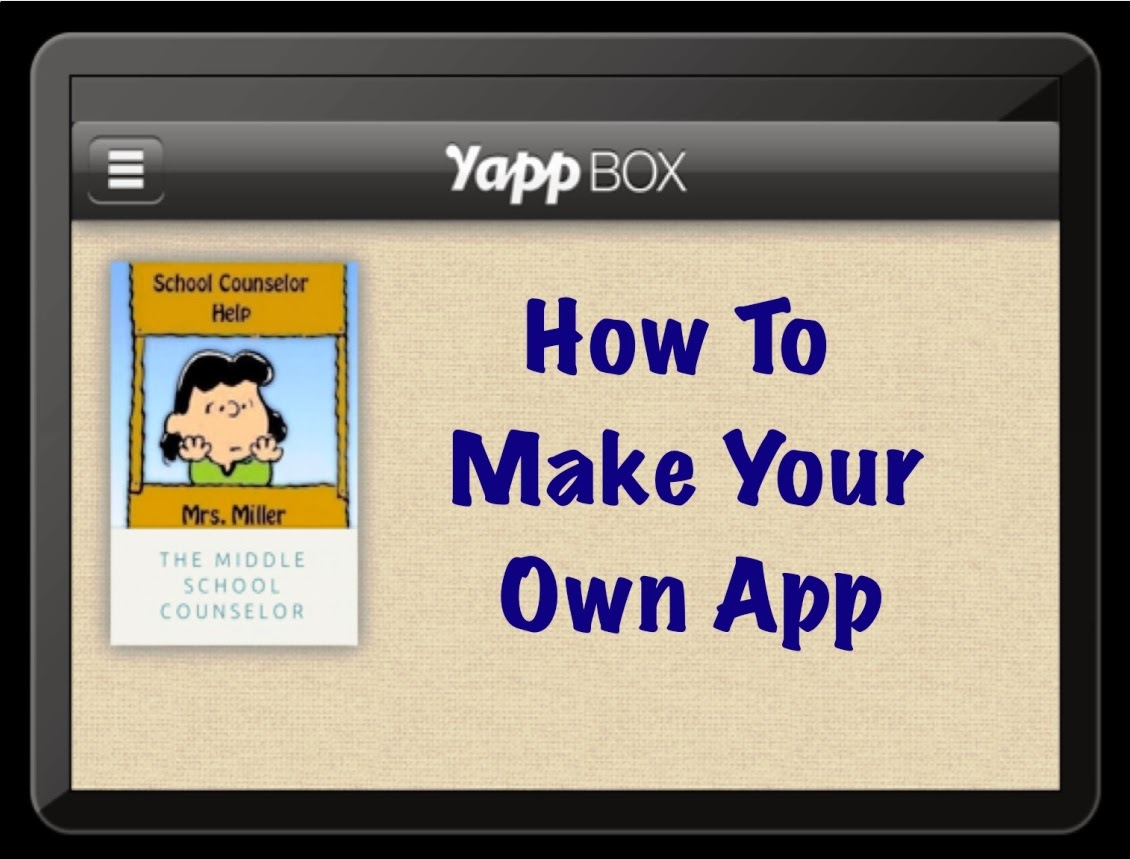

They should do this in a test environment so it can be tested throughout the entire development process. They are the following:Īfter the mobile app is designed, the heavy lifting begins - meaning, app developers begin coding the platform.

Our industry analysts determined the best mockup tools on the market that designers use to convert their ideas into concepts. In other words, the designer will create a mockup (a mid- or high-fidelity visualization of the product) to be able to evaluate the look and feel of the design.Īdditionally, mockups can help with evaluating the accessibility and visual consistency of the design, allowing designers to improve the design’s appearance in terms of appearance but also functionality. Once the wireframe and customer journey are approved, an app designer will design the interface, adding graphics, colors, designs and more to create a compelling and well-branded experience. Create User Journeys & WireframesĪfter you have honed in on your app’s goal and desired features, a user experience designer - with the help of other experts, such as a digital strategist or an information architect - will create a wireframe and layout the user journey that customers will take in order to complete the desired action. Believe it or not, user feedback will let you know the other features that customers are looking for later. Only include the necessary features in V1 of your app. Many businesses make the grave mistake of trying to cram too many features into their mobile app –especially in the first version.Ī better option would be to pare down the desired features into desired features and necessary features.


It may seem daunting to know where to begin. This new platform needs to reflect consistent brand identity, match your website and responsive mobile site, and encourage consumers to both download the application and convert within it. View more agencies How To Develop An App In 10 Stepsĭeveloping a mobile app is a complex process.


 0 kommentar(er)
0 kommentar(er)
